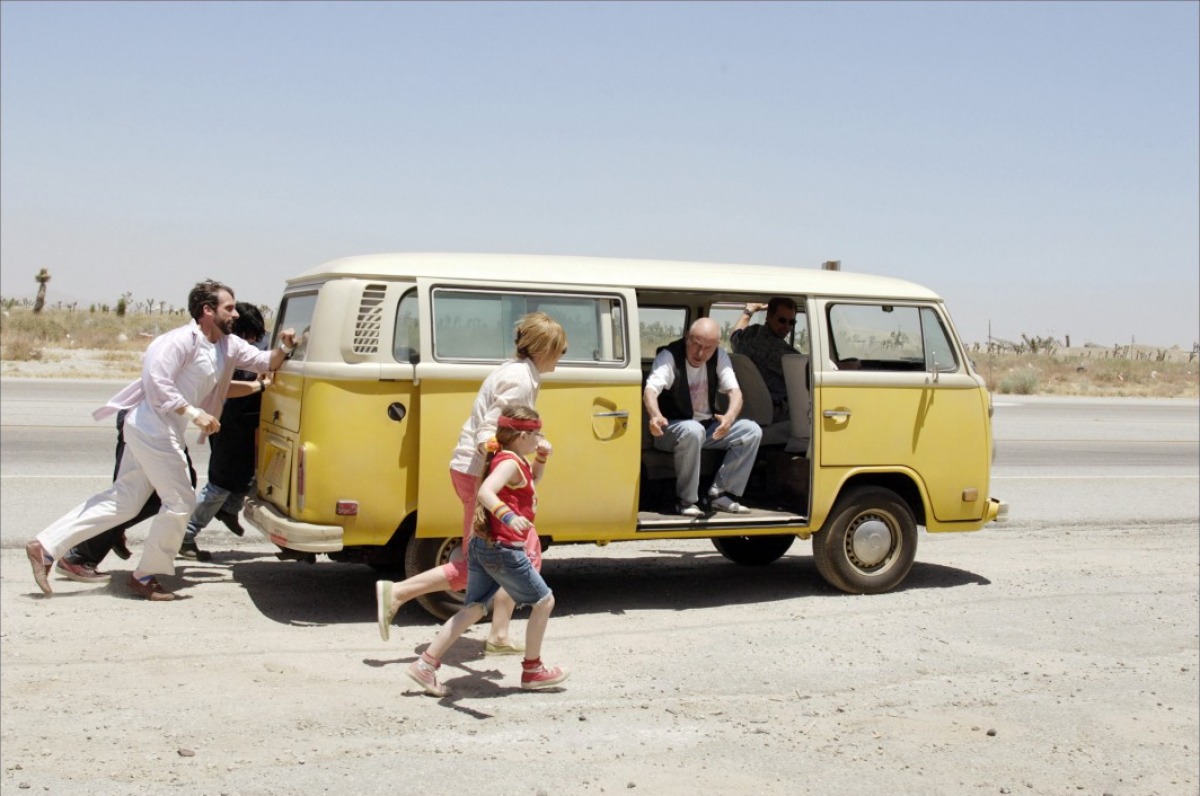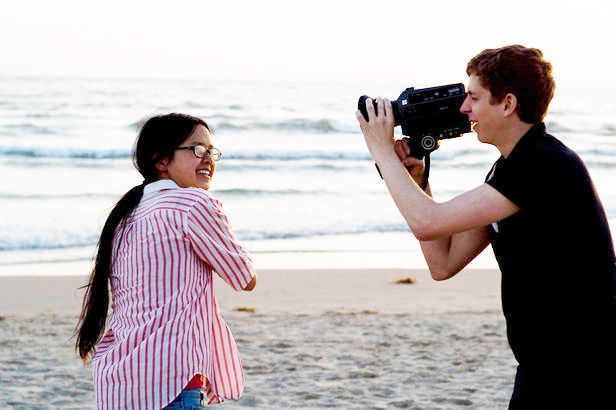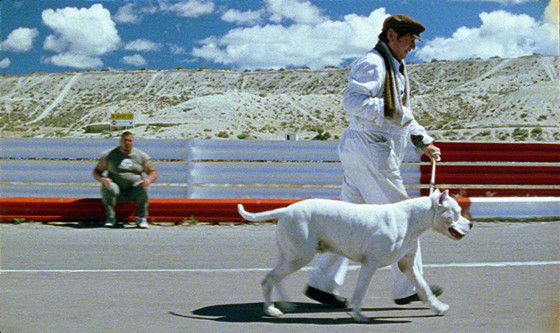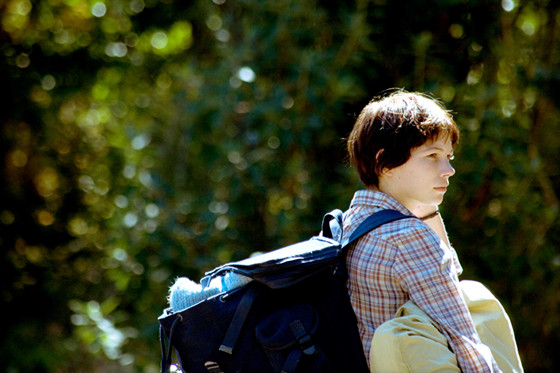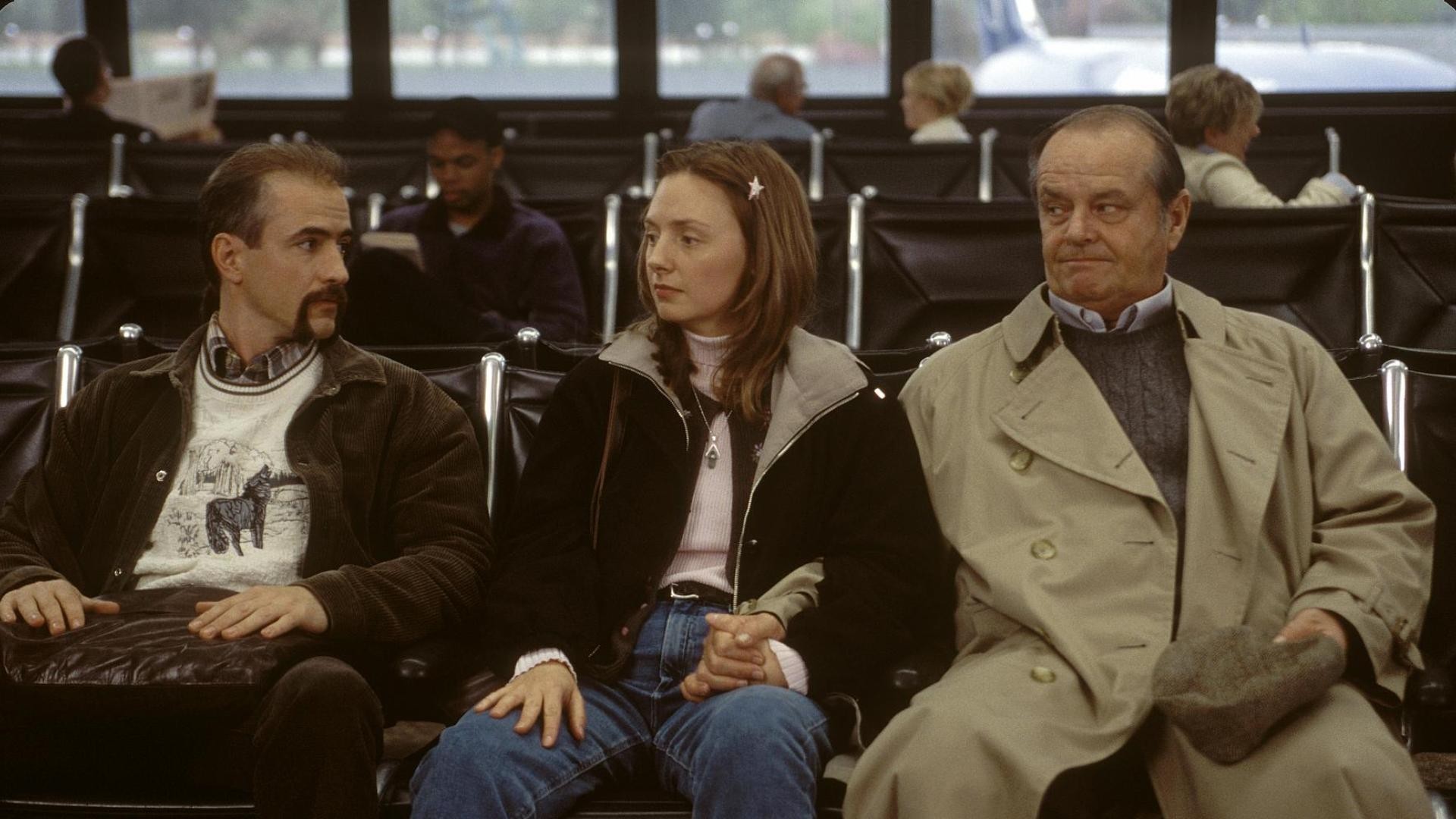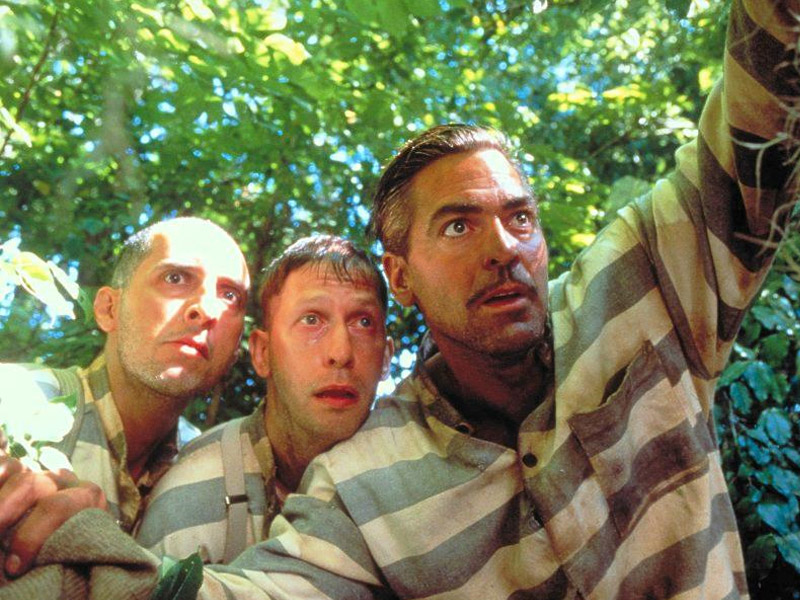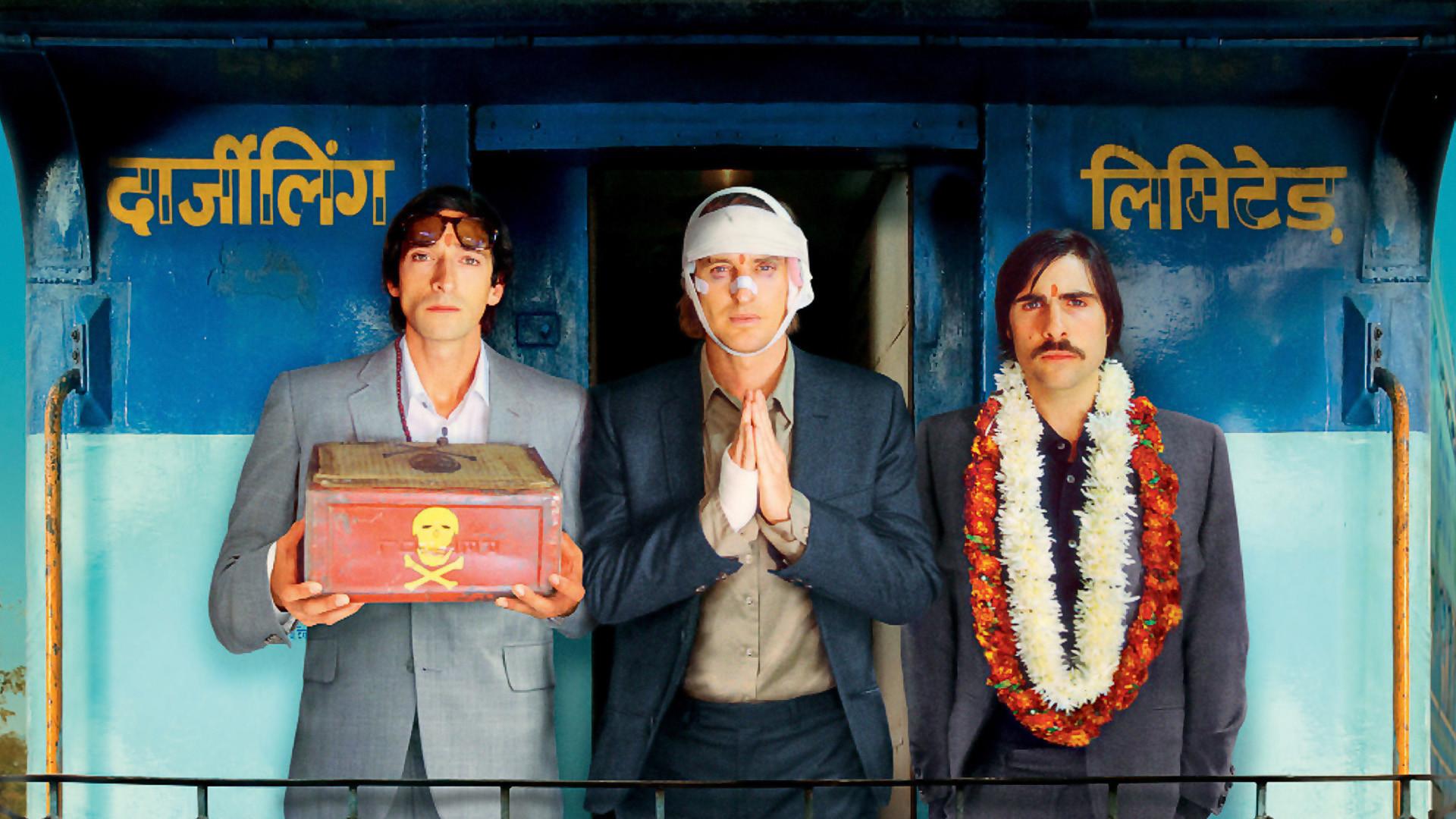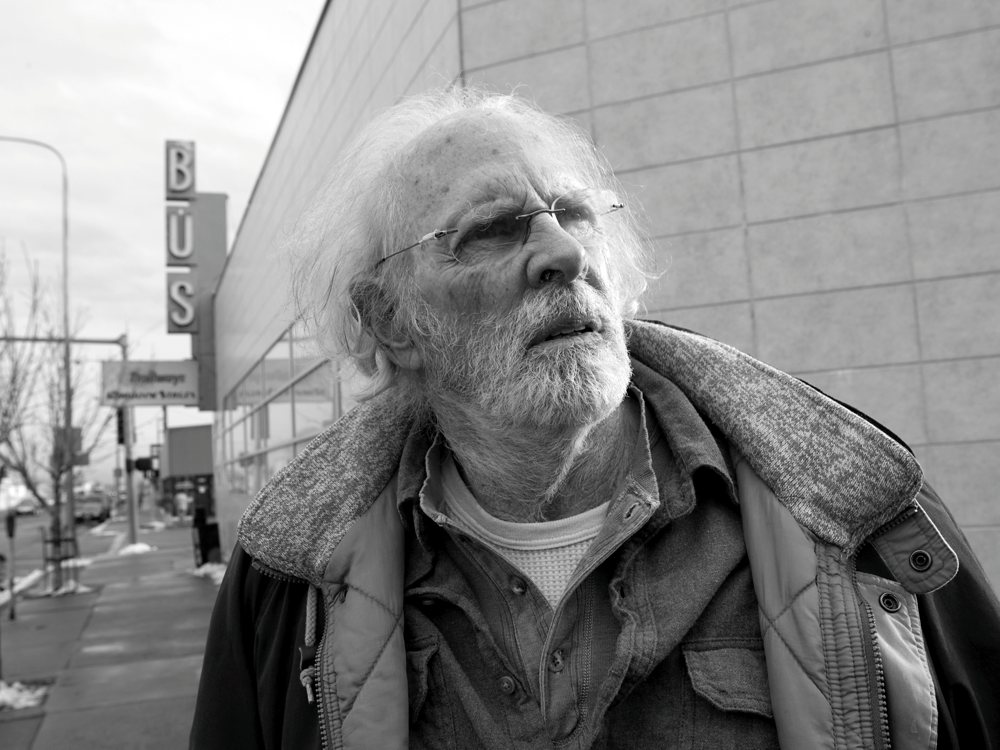A journey is a person in itself; no two are alike. And all plans, safeguards, policing, and coercion are fruitless. We find that after years of struggle that we do not take a trip; a trip takes us.
–John Steinbeck
From the cave paintings of Altamira to the epics of Homer, journeys have been part of various visual art forms and literature. And although Road movies, as a genre, is considered to be Hollywood’s contribution to world cinema, it’s ancestry can be traced back to the early documentaries like Robert Flaherty’s Nanook of the North (1922) and Basil Wright’s Song of Ceylon (1934).
Although it was Dennis Hoppers Easy Rider that defined the genre as we know it today. It usually has two beer-guzzling buddies riding a convertible zipping through the highways flanked by gorgeous landscapes, occasionally stopping at some sleepy town for an adventure or two. Or it can be a lonesome hobo travelling on a road to nowhere. It can be a spiritual journey, a bildungrosman, a crime-and-chase, an escapade, or even a treasure hunt. Such journeys are usually marked by signposts of epiphany.
Road movies essentially trace the outward as well as the inward journey of the protagonist, and the end of which he comes out transformed. The experiences during the trip often lead the protagonist on a path of self discovery providing him with a different perspective which helps him overcome his inner conflicts. Here are a few off-the-beaten-track road movies of the 21st century.
15. Paper Heart (Nick Jasenovec, 2009)
This is a quirky one. Her quest for finding the meaning of true love leads comedian Charlyne Yi on a journey across the country and she decides to capture her experiences on film with the help of her friend Nick Jasenovec (played by Jake Johnson on screen).
A sceptic herself, Yi interviews people from different age groups, sexual preferences and walks of life– the list includes old married couples, young lovers, science professors, bikers, school children and even Elvis impersonators– about their thoughts on the nature of love. The journey progresses as Yi’s interviewees open up about their own unique love stories with the more interesting ones being acted out through adorable wire puppets.
From being a hardcore documentary, the movie shifts gear when Yi decided to throw in a fictional love story—that between her and Michael Cera (of Juno fame). They meet at a party and there is an instant attraction. But Yi is still a sceptic. But the two slowly develop a relationship, under the watchful gaze of Yi’s camera crew, which is at times awkward and at times quirky.
The 5-week-long journey which stretched from Los Angeles to Paris, with the crew travelling in the same white van, occasionally stopping at shady cheap motels, yielded 300 hours of footage which was made into an 88-minute film, a mishmash of a documentary and a fiction, on the editing table.
The film won the Waldo Scott Screenwriting Award at the Sundance Festival.
14. Bombon: El Perro (Carlos Sorin, 2004)
In his films, Sorín usually casts non-professionals as themselves and this one is no exception. Here Juan Villegas, plays Juan Villegas—he is around fifty and has lost his job a few days back as a petrol attendant in a land where opportunities are scarce, more so for men his age.
After trying his luck at an employment agency, he decides to make ends meet by selling knives. Although these knives are products of his days of hard work and love, and are exquisitely crafted, no one wants to buy them. But Juan never loses his calm or turns bitter. He stoically endures and even embraces whatever life throws his way.
One day he receives an unexpected gift from a lady whose car he helps in fixing—a purebred Argentinian dogo named Bonbom. Although initially clueless about what to do with this huge white dog, he graciously accepts it as well. Later chance encounter with a part time dog breeder Walter, who recognizes Bonbom’s perfect pedigree on first glance, opens Juan to the prospect of putting the dog to some use.
They agree to enter him into competitions and split the profits. This not only provides Juan with an opportunity to earn a living but also gives him a purpose to work towards. However, first they need to embark on a road trip. While travelling through the vast empty stretches this underrated road movie shifts gear and from being a story of a lonely man’s struggle for existence, it becomes that of friendship between two travelling companions– a man and his dog, both unemployed, both deadpan. The warm-hearted modern-day fable that unfolds on the backdrop of stark windswept Patagonian landscape exudes an infectious optimism.
13. Wendy and Lucy (Kelly Reichardt, 2009)
Wendy (Michelle Williams) is driving from Indiana to Alaska in search of a job with just 500 dollars in her wallet. With her is her dog Lucy. Travelling on a shoestring budget, she has a spirit of a drifter and lives out of her car, even sleeping in it. Along the way she keeps jotting down the names of the towns she passes by and of course the amount of money she spends during each stopover.
So far so good, and the movie looks like another sweet road movie until Wendy’s old Honda Accord breaks down and she is stranded in a small town, almost penniless and friendless (yes, she manages to lose her dog as well). And this little big indie then traces how a minor setback and a few bad decisions can snowball into a major disaster.
Road movies lead their protagonists on a path of self-discovery by putting them through new adventures and relationships, and so does this one. Like Sean Penn in In to the Wild, she is Alsaka bound but her quest is not for spiritual enlightenment but that for economic independence. Even when she is finding it difficult to make both ends meet, she is not a destitute. She has just enough cash in her money belt to take her back to Indiana. But it is her dogged search for freedom that keeps her from returning home. It is a story of the poor middle class struggling to survive in a recession-hit modern-day America –a land where dreams are dying young.
In its direct and raw approach the film steers clear of the path usually followed by Hollywood road movies and gets precariously close to the dogme style of filmmaking. Also, in its portrayal of the bleak conditions of people living in the fringes of the society, one can discern a strand of Italian neo-realist films, especially those of Vittorio De Sica and Roberto Rossellini.
12. About Schmidt (Alexander Payne, 2002)
Shot in Nebraska, the film opens with a montage of downtown Omaha and quickly shifts to the protagonist Warren Schmidt, an actuary, whom we catch on his last day in office at “Woodmen of the World Insurance Company. Like in his office, he slowly finds himself redundant in the scheme of things and his wife meets a tragic end, he packs his bags, hops on to his 35-foot Winnebago and embarks on a road trip revisiting places associated with his past. His ultimate destination- his estranged daughter’s house in Denver; motive-to attend (rather sabotage) her wedding to a guy he doesn’t approve of.
Much like in Kurosawa’s Ikiru, just after his retirement Schmidt in a bid to make himself useful and do something worthwhile, had started sponsoring a little orphan boy in Tanzania, named Ndugu. Along with the $22 cheque, he was also invited to send a letter to add a personal touch. With no one to talk to, he starts pouring his heart out to a 6-year-old kid whom he has never met, who probably can’t even read. Here Payne deftly uses these letters as a device to reveal Schmidt’s inner world— his angst, sorrow, disappointment, complaint.
As Schmidt continues with his journey of nostalgia and self discovery, his bond with this unknown little boy living in some remote Tanzanian village keeps getting stronger. And his affection for this boy is evident when he breaks down after receiving a crayon painting from Ndugu (which is also the first correspondence from the boy’s side).
It is at the same time a social satire and an ode to the resilient American Everyman. Like Ingmar Bergman’s Wild Strawberries it is also a story of an old man trying to come in terms with his own mortality (also like in Bergman’s film, there is extensive close-ups of clocks). Jack Nicholson (and his eyebrows) gives a restraint performance as Schmidt and bags another Oscar nomination. The first in his series of road movies, it predicts what was to become Payne’s signature style.
11. Brother, Where Art Thou? (Joel Coen & Ethen Coen, 2000)
The prison break drama turns into a road movie opens with three men in striped clothes and chained together, obviously escaping after a jailbreak, making a failed attempt to jump onto a passing train. Later they take the next best option—a hand-powered rail car driven by a blind old man who turns out to be a fortune teller and among other things predicts that the trio “will find a fortune, but not the fortune they seek.”
The opening credits insist that story of the film is based on Homer’s Odyssey, one of the first ever stories that had all the ingredients of a road movie. Hence it comes as little surprise that the leader of the trio is named Ulysses Everett McGill (George Clooney).
However, this modern-day Odysseus, along with his fellow comrades Pete (John Turturro) and Delmar (Tim Blake Nealson), is on a quest of a different kind—instead of Ithaca, he has a bounty of $1.2 million on his mind. But this journey is as eventful. They meet three seductive young women washing clothes in a brook and their sweet song has the same effect on them as that of the sirens’ on Ulysses and his men.
While Homer’s hero had to deal with the Cyclops, the trio encounters a giant one-eyed Bible salesman. And if these weren’t enough the Coen brothers also get a Penelope for their Ullysses—but in keeping with the modern times, they make Homer’s epitome of marital faithfulness a bit promiscuous. Instead of waiting for her husband, Penny (Holly Hunter) is quick to dismiss him as dead and move on to a different man. But this is hardly just a modern re-imagination of Homer’s epic.
It is a weird mash up of different seemingly unrelated things that seem to magically fit in together. From classic like Moby Dick, The Wizard of Oz, Gone with the Wind, radio comedy Amos and Andrew, the Paul Newman-starrer Cool Hand Luke, Texas governor Wilbert Lee “Pappy” O’Daniel, blues singer Robert Johnson, to the infamous bank robber Baby Face Nelson and even the Ku Klux Klan the Coen Brothers takes everyone along as they lead their Ulysses through his epic rollercoaster journey through the depression-era South.
10. The Darjeeling Limited (Wes Anderson, 2007)
After the death of their father, the estranged Whitman brothers, Francis (Owen Wilson), Peter (Adrien Brody), and Jack (Jason Schwartzman), along with their trail of matched and monogrammed luggage, embark on a ‘train’ journey that takes them across the length and breadth of India. The ‘spiritual’ trip is planned by Francis, the heavily-bandaged, control-freak big brother, who wants them to bond and become ‘brothers like we used to be.’
And what follows is a humorous and whimsy film. But under the comic surface runs a strain of melancholia and it is not difficult to discern certain emptiness within each of these apparently happy-go-lucky, quirky, Whitman brothers. Their father’s death has left a vacuum in their lives and their mother leaving them has made matters worse.
They have not been too lucky in love and friendship either. As they lug their suitcases and trunks, often dumping them onto car, buses, donkey carts and what not, the metaphor is of the emotional baggage that is weighing heavy on them. But Anderson neither indulges himself by slipping into too much of the back stories nor does he try to tie the loose ends.
Although Anderson acknowledged the influence of Jean Renoir’s 1951 film The River and there are copious references to Satyajit Ray, he lacks their humanism. Also, unlike their films, his doesn’t reflect the real India, but remains a Westerner’s version of it. The film takes you on a tour to the ‘exotic India (which is mostly confined to Rajasthan, the visually stunning desert state although not remotely in the route of Darjeeling!) replete with marigolds, vermilion-sprayed temples and really poor turbaned people.
Nonetheless, drenched in rich hues of yellow and orange, it is a meticulously-planned world where Anderson’s attention to details makes each frame of this romantic version of a train (and bus, when they are booted off it!) journey through a touristy India an interesting watch.
9. Nebraska (Alexander Payne, 2013)
This multiple Oscars and Golden Globes nominated film is melancholy road movie that meanders through the austere and cold landscape of recession-hit mid-west punctuated with shuttered shops, old signage of cheap motels and cafes and a few lonely gas stations.
The film begins with an old almost senile man doggedly staggering down a highway. He is Woody Grant (Bruce Dern), a resident of Billings, Montana, who believes he has won a won $1 million in a sweepstake and is on his way to the Lincoln, Nebraska. to claim is prize money. His health condition doesn’t allow him to drive a car, so he has set out on this journey of almost 1,500 km by foot.
However, he wouldn’t have to walk long before he is found and returned home, to the custody of his wife. But, Woody is not a man to give up and seeing his desperation his son David (Will Forte) eventually agrees to drive him to his El Dorado, knowing very well the futility of the task. What follows is a road trip from Billings, Montana to Lincoln, Nebraska, via Wyoming and Mount Rushmore, South Dakota.
Although Woody’s quixotic quest was doomed from the beginning and there was disillusionment always lurching at the end of the road, Payne, deftly transforms the outward journey into an inward one and both the characters become well-rounded. Also, David manages to come a few inches closer (although still not at a huggable distance) to his cranky, ill-tempered, alcoholic father, whose past is also unravelled during a brief stopover.
Unlike conventional road movies, the mood here is sombre, which is often heightened by Bob Nelson’s sarcastic dialogues, and the colour palate monochrome. Payne’s DOP Phedon Papamichael shoots the vast stark landscape in widescreen black and white and the result is bleak as well as stunning.
